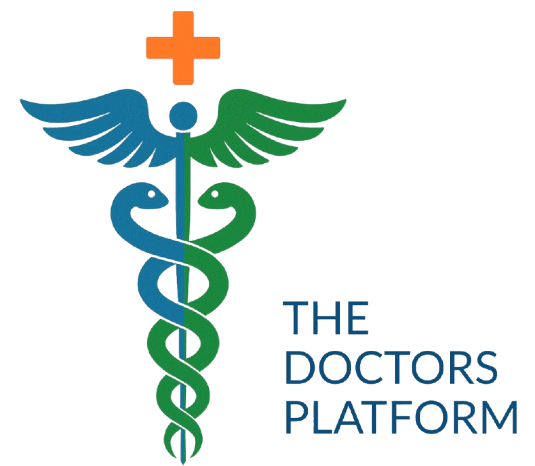Mechanism of action
It is a competitive inhibitor of 3-hydroxy-3-methylglutaryl-coenzyme A (HMG-CoA) reductase, the enzyme catalyzing the early rate-limiting step in cholesterol biosynthesis. It affects modest reductions in intracellular pools of cholesterol which results in an increased number of LDL-receptors on cell surface, enhanced receptor-mediated catabolism and clearance of circulating low density lipoprotein cholesterol (LDL-C). It also inhibits LDL-C production by inhibiting hepatic synthesis of very low density lipoprotein (VLDL-C), the LDL-C precursor. These effects result in a reduction of total cholesterol (Total-C), LDL-C, VLDL-C, apolipoprotein B and triglycerides, whilst increasing high density lipoprotein cholesterol (HDL-C) and apolipoprotein A. Unlike other HMG-CoA reductase inhibitors, pravastatin has little effect on cholesterol synthesis in other tissues.

